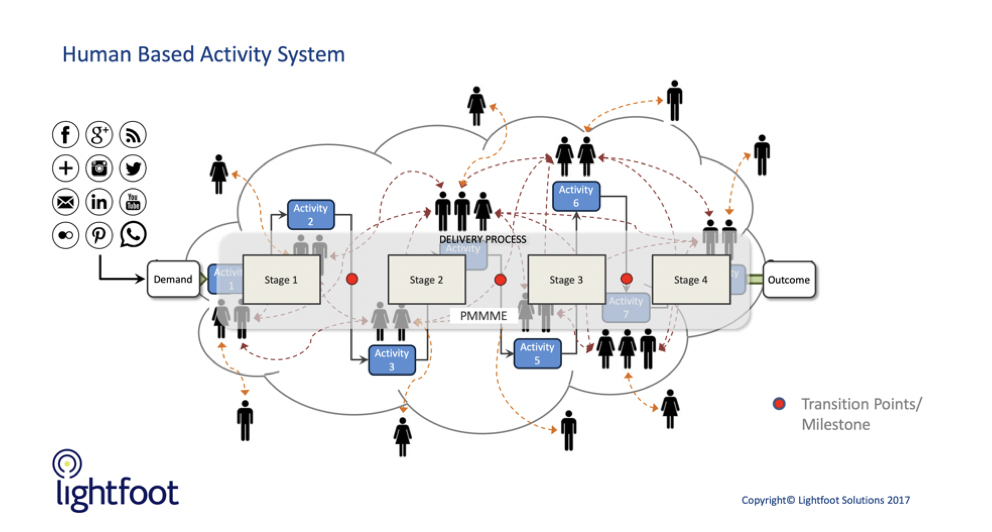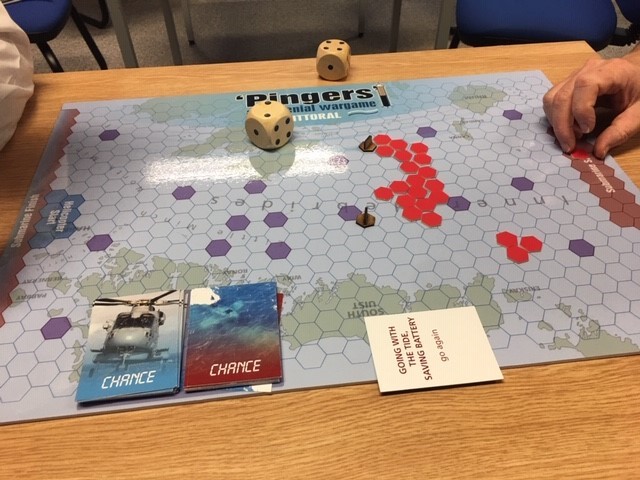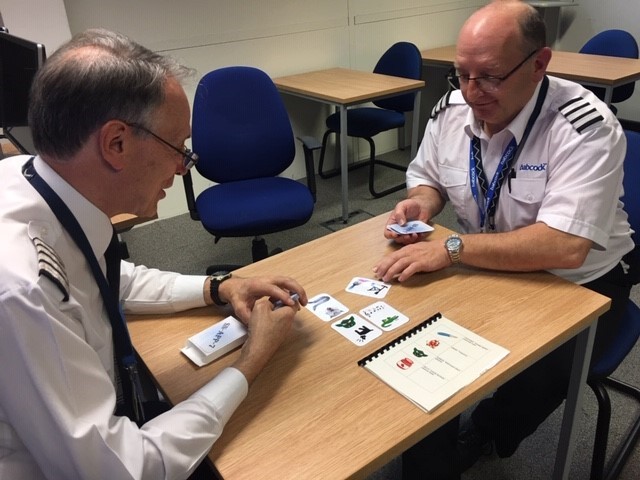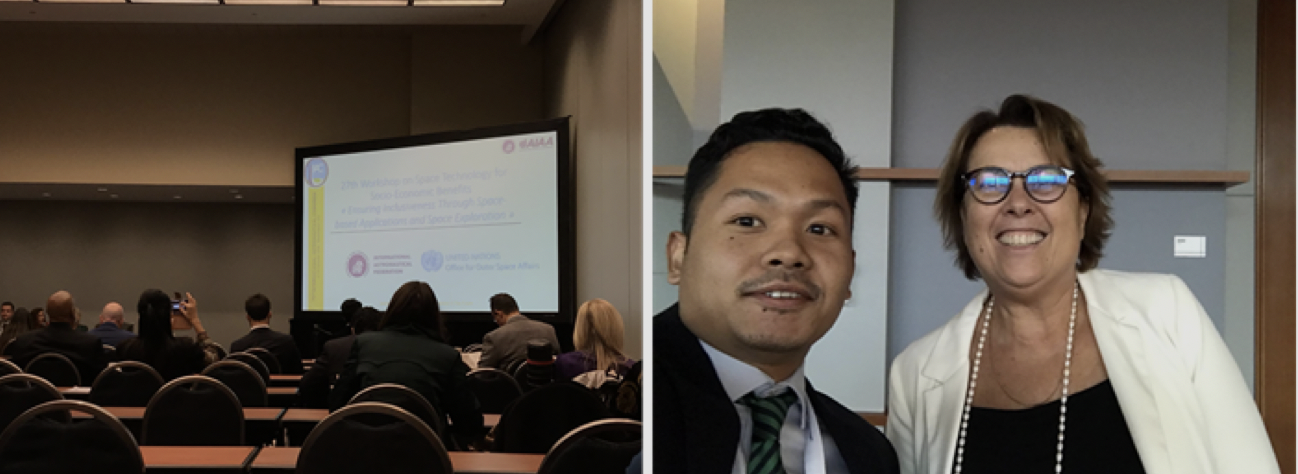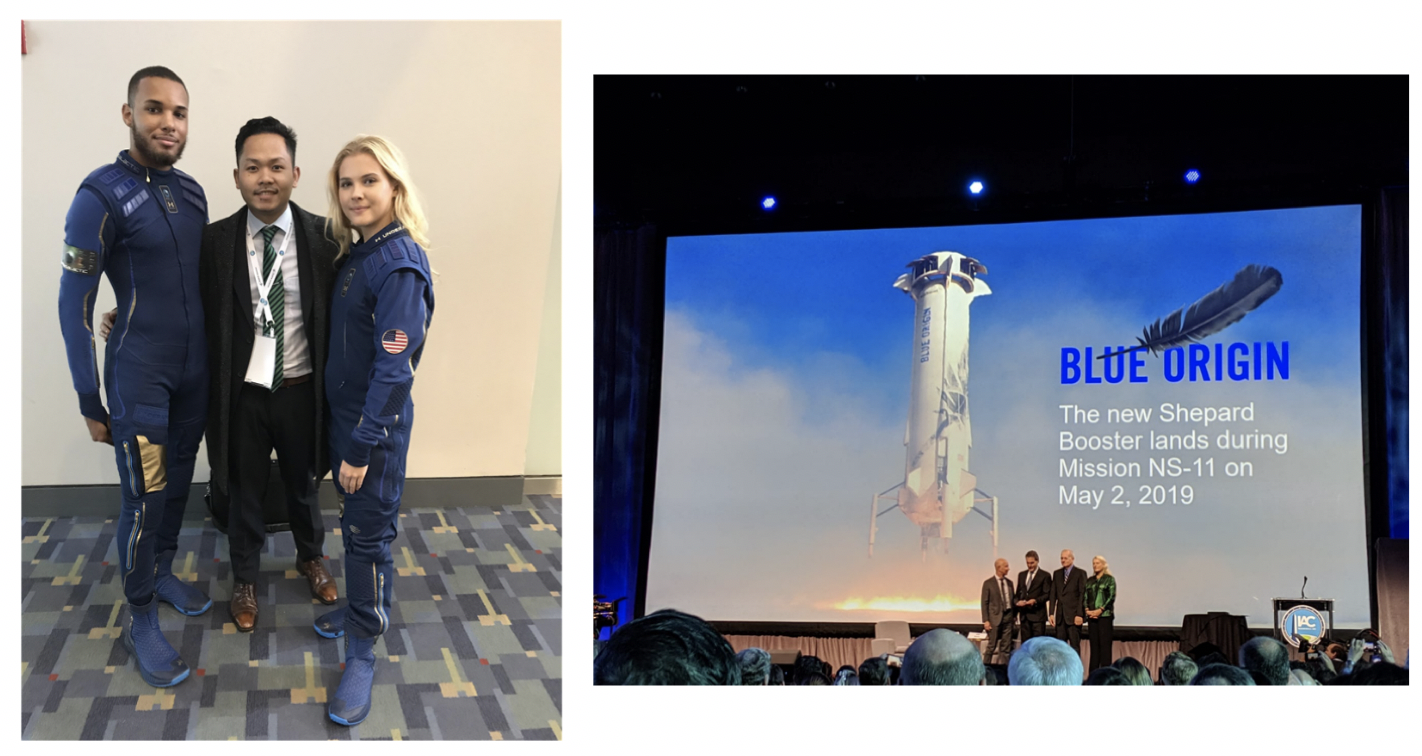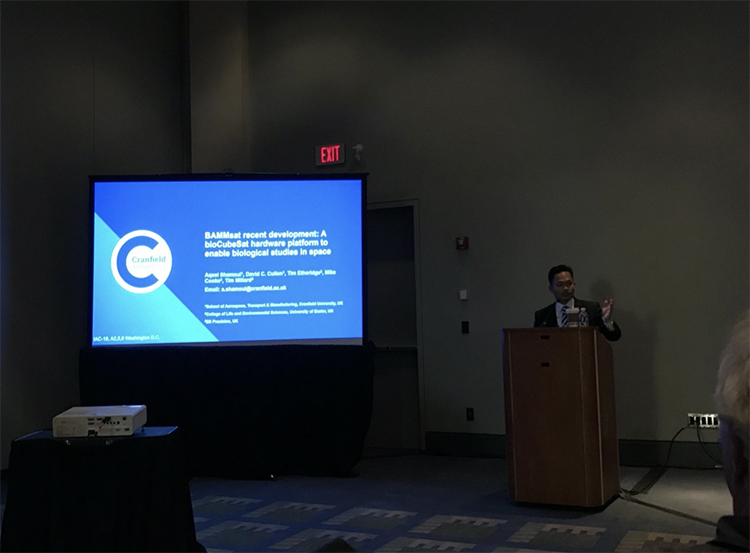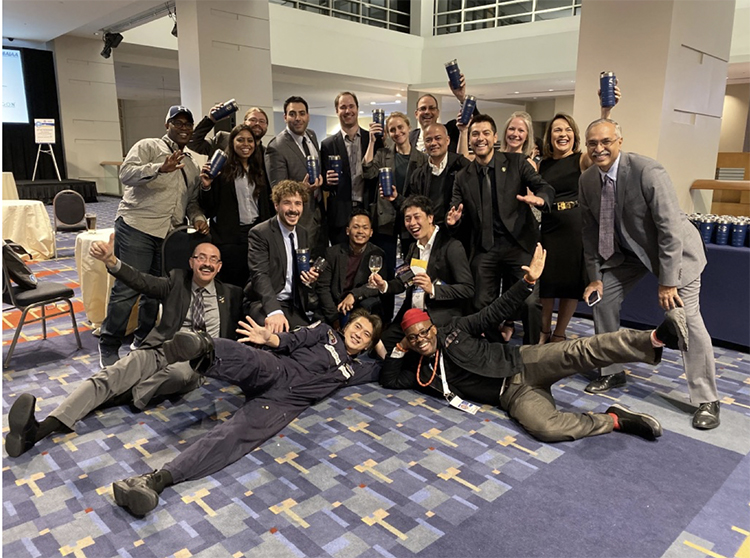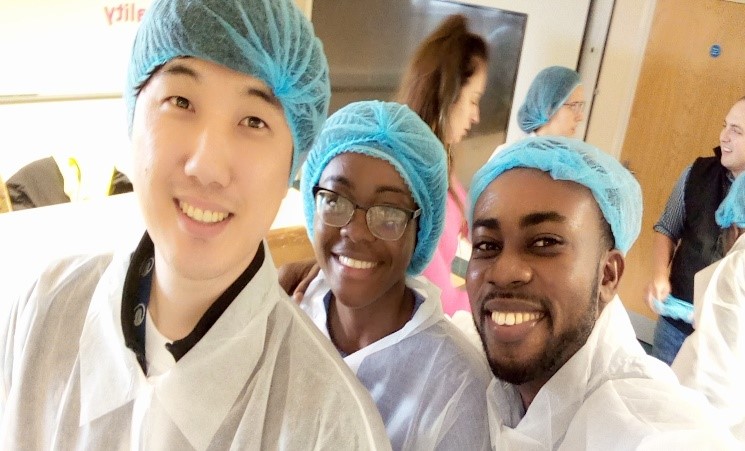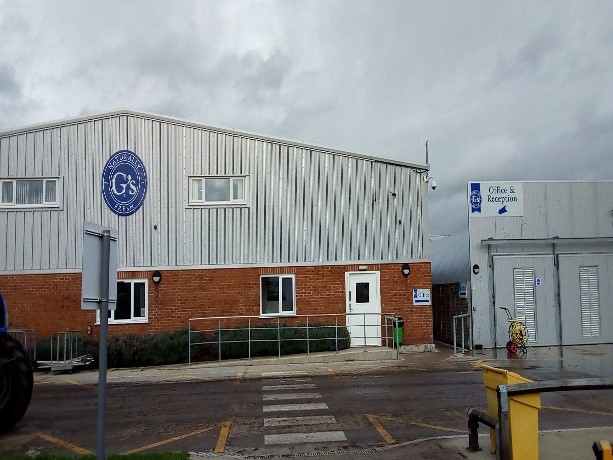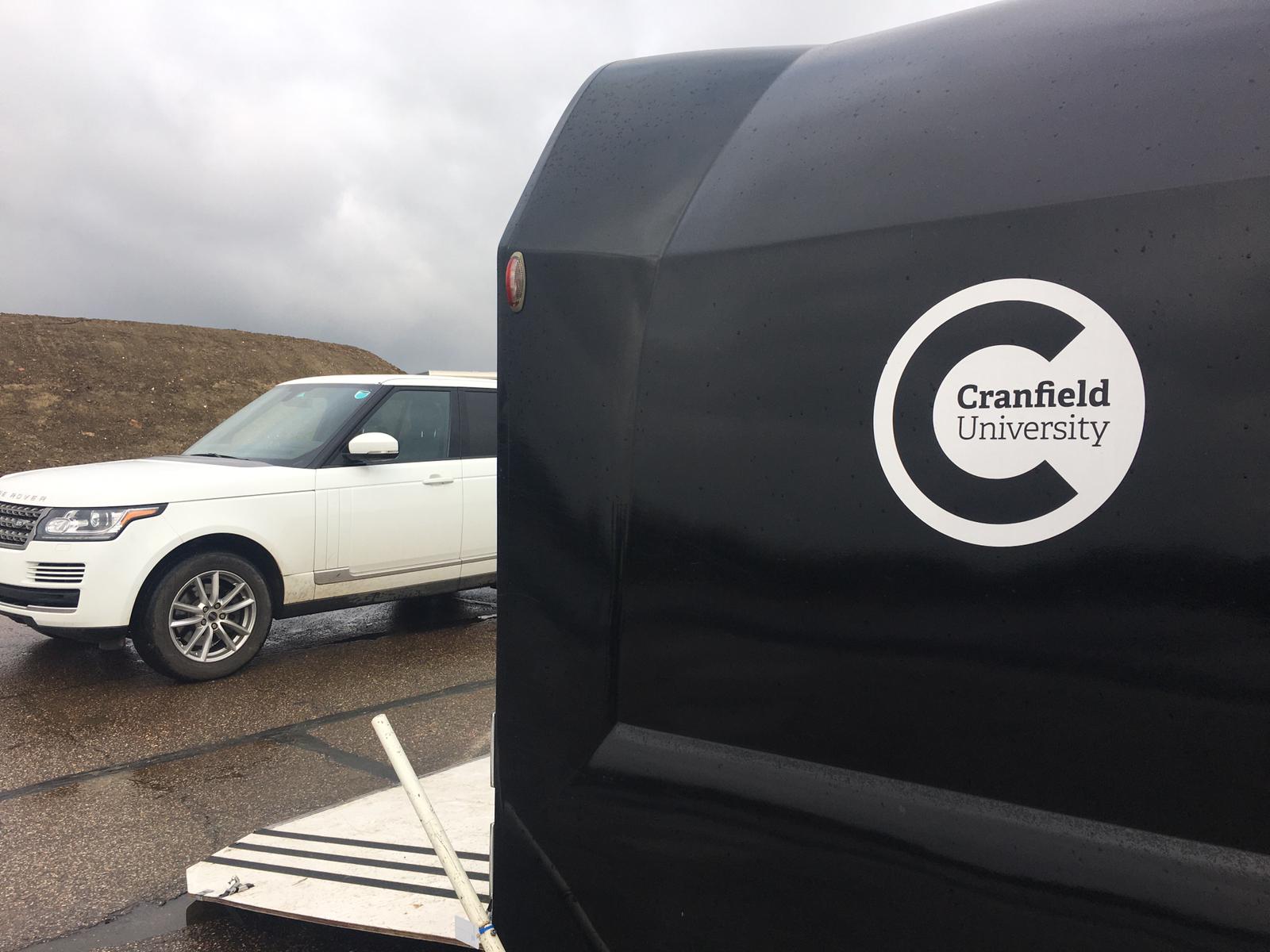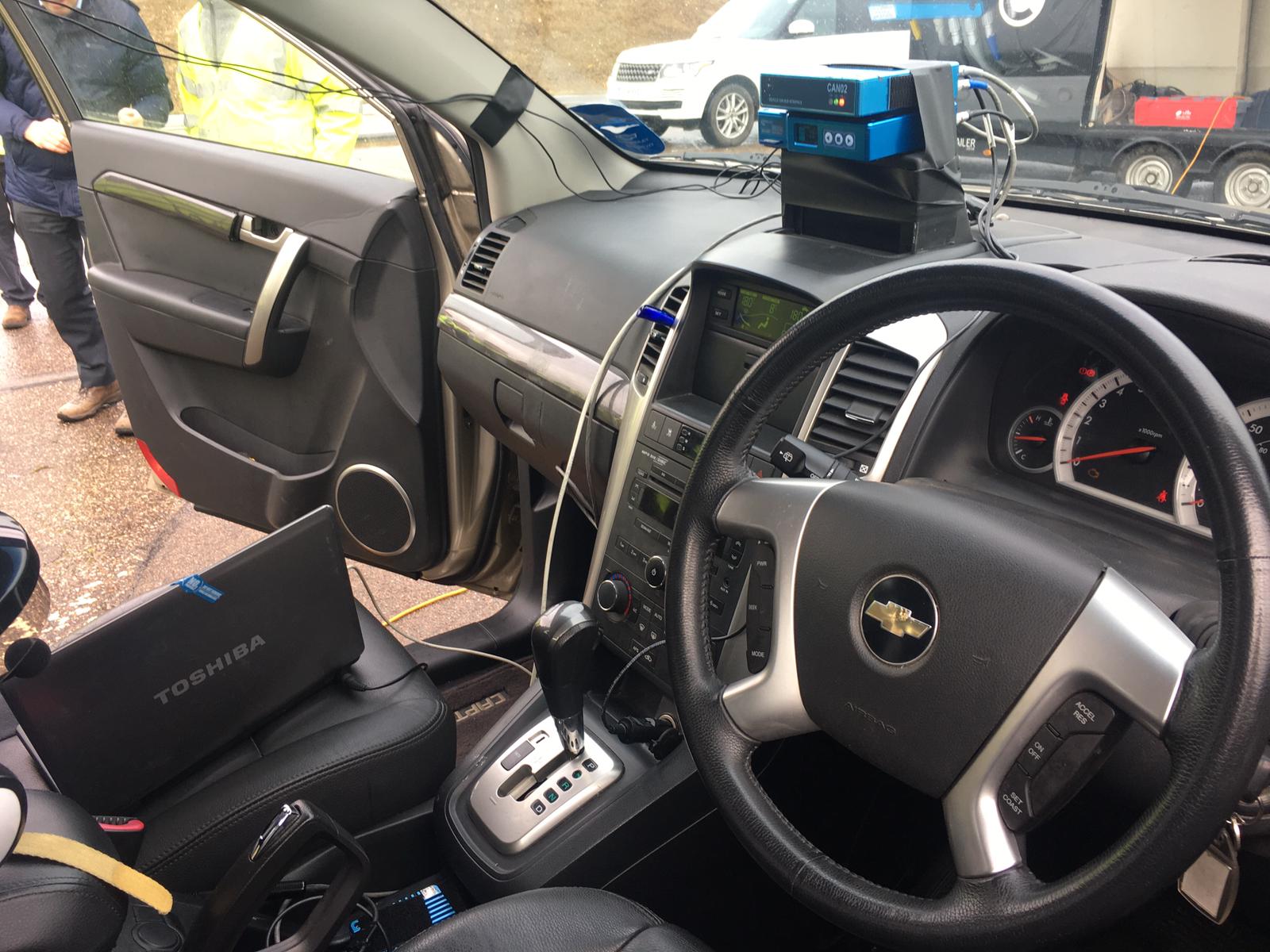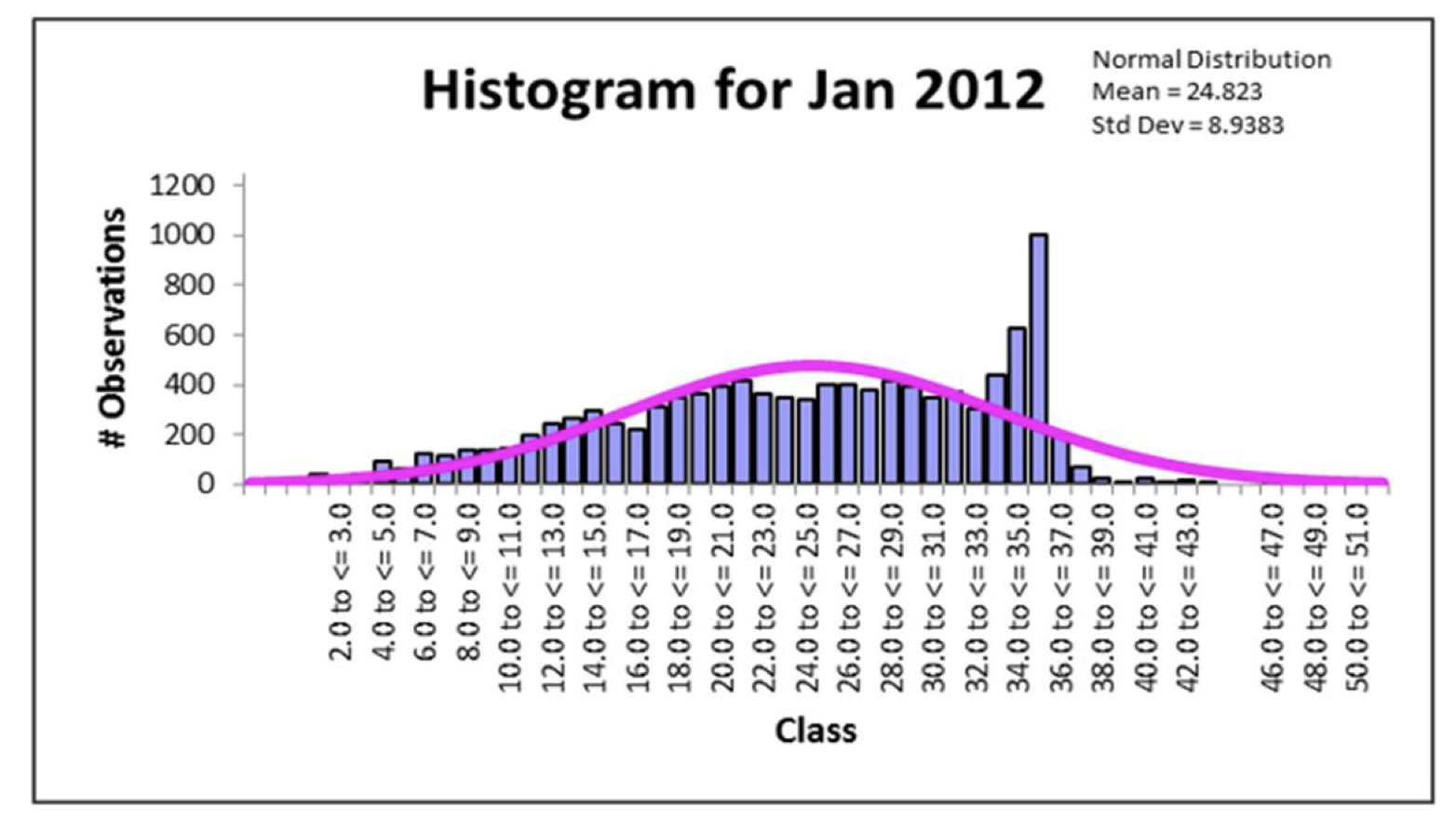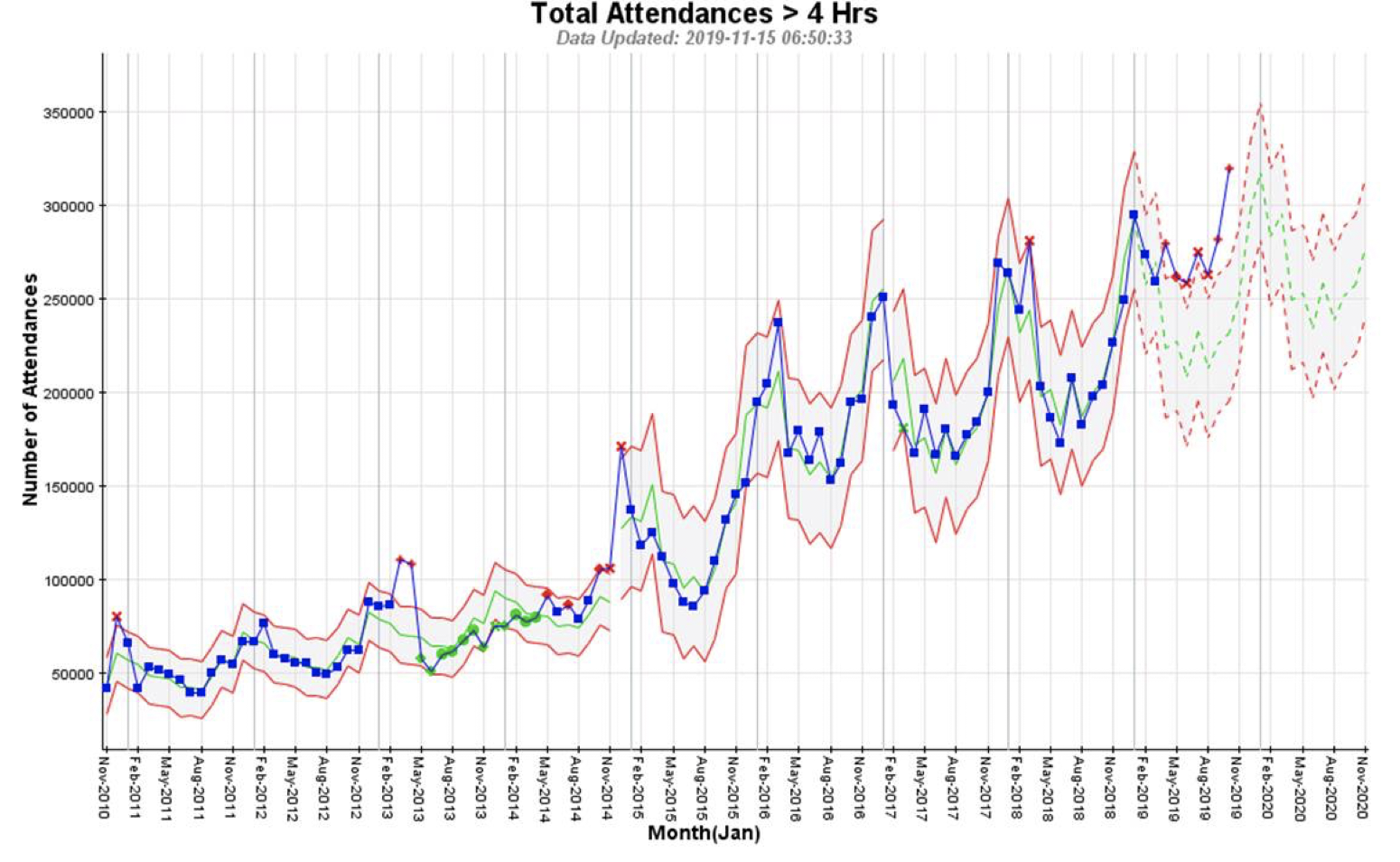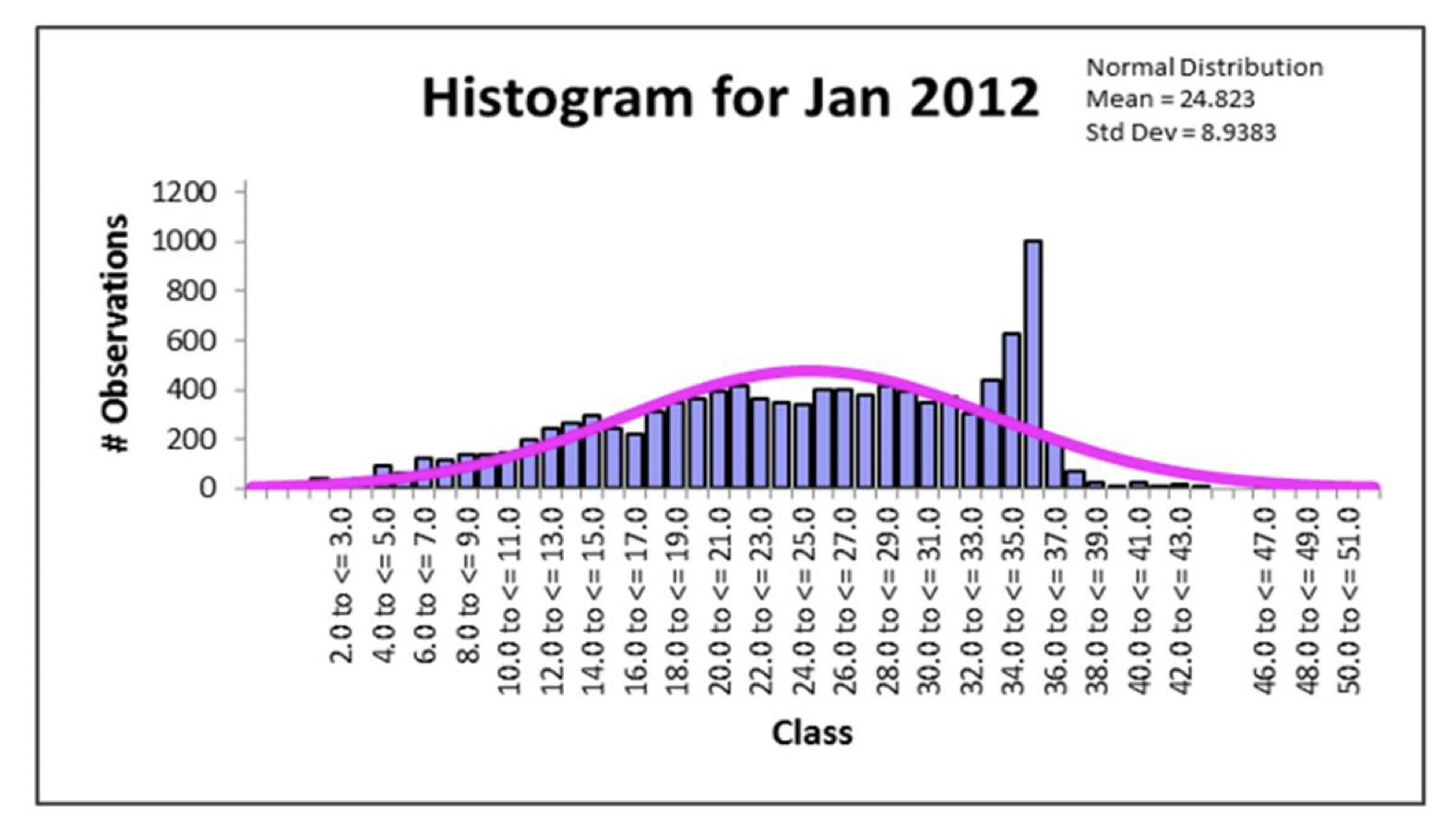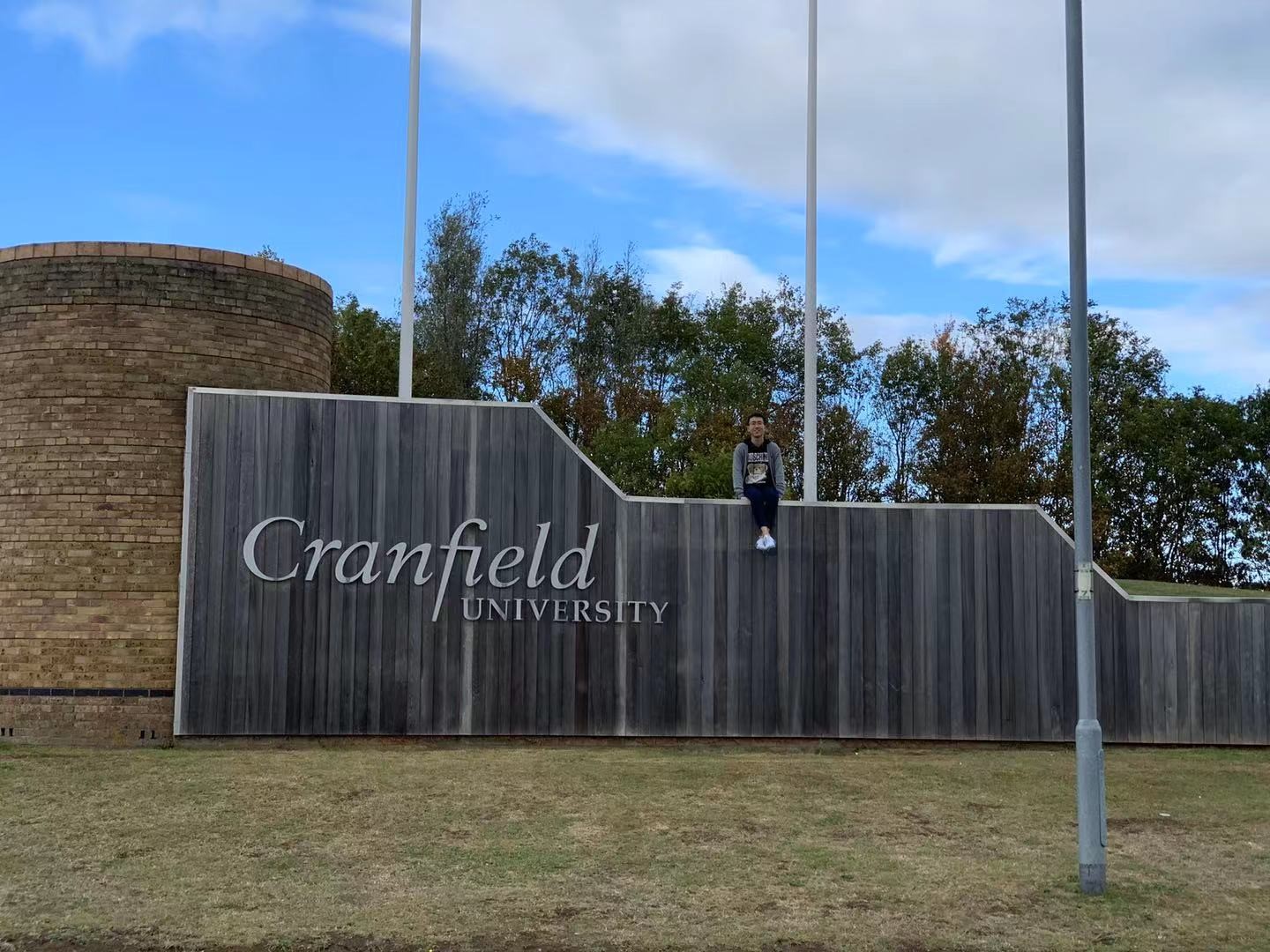Events & Promotions
|
|

GMAT Club Daily Prep
Thank you for using the timer - this advanced tool can estimate your performance and suggest more practice questions. We have subscribed you to Daily Prep Questions via email.
Customized
for You
Track
Your Progress
Practice
Pays
Not interested in getting valuable practice questions and articles delivered to your email? No problem, unsubscribe here.
- Nov 20
07:30 AM PST
-08:30 AM PST
Learn what truly sets the UC Riverside MBA apart and how it helps in your professional growth
Kudos
Bookmarks
| FROM Cranfield SOM Blogs: What a conference can reveal about sustainability & the future of our society |
|
I was lucky enough to receive an invitation to join a two-day conference by the Innovation Forum in London on the future of sustainability in commodity supply chains. Here is a wrap-up of the discussion, together with some topics that fascinate me. Please note that this conference was held under Chatham House rule, so no names will be associated with specific quotes.  Takeaway #1: “sustainability has become a business imperative” Scientists are clear that if sustainability is not being prioritized, some commodities may disappear. In a panel discussion, a C-suite Executive said that sustainability is now part of their daily operations. It became a business imperative and not just a moral right. Therefore, it is also the role of the sales staff to educate and sell the “business case” to direct customers and consumers. On the importance of public commitments, he said it is critical to understand exactly what you want to tackle, then commit to it publicly to hold you accountable and be prepared to be challenged. Have a real plan with well-defined targets and report progress frequently versus commitments. Work with local NGOs and external partners to increase consumer trust and get the right expertise. Another C-suite executive claimed there is a dichotomy between sustainable food and cheap food. Consumers fail to recognise that. Land dedicated to farming is not growing, so if climate changes are going to shift farming practices, this in turn is going to reduce the number of farms without any improvement in productivity. Can we imagine a world where the things we love to eat, for example chocolate, are not going to be readily available? And due to their reduced availability the prices will go up? Takeaway #2: “When you know, you cannot NOT act” – Post 2020 commitments Being transparent and honest is the key to progress. A food manufacturer pragmatically started his speech by saying that the industry collectively failed on many of the different commitments set 10 years ago. He claimed that “it has been a decade of first starting certifying poverty, rolling out tools which were about sending people to other places, auditing locals about standards that are loose and regulations that are weak.” The upcoming decade will be the real truth because companies cannot hide behind saying that they don’t know because actually, they do know now (i.e. most of them have transparency back to the growing level, for some portions of their sourcing activities at least). A well-known activist NGO said that “the value of the food system is 10 trillion USD, while the cost is 12 trillion USD, so basically the system is bankrupt in the sense that all the costs are externalized” So it is good that multinational companies are recognizing that they have failed in meeting their commitments, but what is the nature of the system that we’re talking about? If you pay 2.50 USD for a cup of coffee, 1 cent will go to the grower. Same in chocolate, cocoa farmers get between 50-80 cents a day as a wage, and this is for a 50 billion USD industry. The NGO concluded by saying “let’s be clear about where blame lies in terms of the system: the food manufacturers/traders are getting huge free lunch and they’re having very profitable industries where they don’t support all the costs” So externalized cost related to the environment has to be internalized, if we want to transform the system. Should we solely blame the industry? No, I mean governments have to be blamed equally. In 2015 the EU signed the Amsterdam declaration where they agree they would get deforestation-free for all agricultural commodities ending in Europe, but this has still not happened. Another example: if you ask meat & dairy producers today where their soya comes from? (Used as animal feedstock) Almost nobody could answer that question. So to sum up, the reason why all these companies fail is perhaps that they want sustainability and business as usual, and I doubt these two do go together.  Takeaway #3: The limits of certification – where does my chocolate come from & how was it made? As a consumer, I have always believed that when purchasing certified chocolate, I am doing something good for the environment or at least for the local communities growing the cocoa ingredients used in my chocolate bar. But what’s the point of certification, if my product is associated with deforestation anyway and farmers are not paid a living income? There have been recent investigations showing that certified cocoa was linked to farms with children using machetes and insecticides, or certified farms located inside nationally protected forests in West Africa. (cf. Washington Post article) Additionally, as a consumer, it is crucial to know how certification is being done today. Ethical labels like UTZ, Fairtrade, or Rainforest alliance typically sample farms for inspection. Meaning a cooperative of 1000 farmers seeking certification might be inspected by auditors on 32 farms only. Audits are usually announced in advance, which allows farmers to hide evidence of any breach with the standards. There is also “a substantial financial incentive to fool the auditors. If the farmers pass the audit, they may receive about USD 80 extra per MT of cocoa they sell”, so the real question is whether the very academic certification guidelines developed in the Western countries can be enforced in an environment where illiteracy and poverty are the norm and where basic infrastructure is often missing? In the end what matters is the real impact of that certification on the local communities. Takeaway #4: “plant-based is the new normal” – evolving consumer expectations In the last 5 years, the level of understanding globally on environmental and sustainability issues has grown exponentially. We see material shifts in demand from consumer’s changes in dietary habits, which is pushing the dialogue to the entire value chain. Generally, people switching to a vegetarian diet are doing it for animal welfare, but the environment is also an important criterion. For the same amount of calorie intake, beef produces 40x more CO2 than a vegetable. In terms of the environment, eating beef is not insignificant. What you eat has a large impact on the environment. Animal agriculture is one of the biggest drivers of global warming as seen below (cf. chart from World Resources Institute). New products are being launched like Impossible burgers (cf. listen to Rich Roll podcast), which are lab-grown burger patties using genetically modified ingredients. The other plant-based burgers like for instance Beyond burgers use a mix of plant proteins such as soy, pea, rice, mung beans. More questionable, Mosa meat produces artificial meat, i.e. from a stem cell they produce meat cells. The impact is real, on greenhouse gases, on the required arable land, water-saving, and contributing to the growth of an emerging economic sector. The main success factors for replacement of animal proteins by non-animal proteins are; competitive prices, tastes must be attractive, legislation must evolve so that current meat & dairy products must assume external costs, a support program for transition periods for farmers, and of course, remain vigilant because the effects of innovations are not all known.  Takeaway #5: Use of technology to help sustainability progress In a podcast, Christian Nils Schwab from the EPFL Food & Nutrition Center mentioned that today food production consumes 37% of the land area with problems of deforestation, urbanization and global warming that will further reduce the amount of land available. Food production is responsible for 25% of greenhouse gas discharges. Food production is also responsible for 70% of the freshwater withdrawals. It is responsible for half of the 141 million MT of plastic waste generated each year. At the same time, we have 3.5 billion people that are undernourished because of a lack of vitamins and trace elements. On the other hand, 2 billion people are in a state of overeating, 500 million are obese. The most efficient production techniques we have; namely intensive agriculture or intensive livestock are environmental disasters. The observation is that the current food production system is unsustainable and that we will have to produce 60% more volume by 2050. Technological innovation can help solve this conundrum and here are a few examples of startups that bring optimism. Protix develops feed for livestock farms using insects to recover available proteins from organic waste. So, these insects will be used to feed salmons in fisheries or livestock at poultry farms. What an amazing innovation being able to value waste, using insects instead of traditional grains and cereals. Another startup called Impact vision is using hyperspectral technology on food to be able to detect the appearance of certain particles that are linked to the senescence of the products. So, it will allow them to have their composition and freshness state. This is amazing in the sense that if you can question the nutritional values of your ingredients, it opens up new perspectives. So we could imagine price models based not exclusively on quantity but on nutritional values so those visually strange organic carrots would have a higher nutritional value, which could have a more attractive price and positive incentive for farmers and avoid practices like grading fruits and vegetables. Another interesting use cased of this technology is to optimize transportation by looking at the batch of avocados and identify which ones will ripen first. An existential question we’ve been asking ourselves is, “what food is right for me?” And nutrigenomics is an exciting field where start-ups like Habit Food are striving. Habit Food provides solutions in personalized nutrition by: 1/ Looking at your DNA, blood, behavior and metabolic function 2/ Set up a nutrition plan with recommendations on what to eat based on your body’s unique needs. Finally, there are a lot of exciting innovations, like Swiss start-up Gamaya that help farmers better manage their fields, and improve their yields, but also Airbus Starling which offers its satellite technology to corporates & NGOs to better track progress against no-deforestation commitments in supply chains. I am excited by all the innovations appearing and their potential impact on our life. Farming is an input-output dilemma. If we reduce the inputs (water, fertilizers), sustainably (taking into account soils & biodiversity) while maintaining the output, and at the same time allocate more equally those output to people around the world, we would be overcoming a central challenge of our society Takeaway #6: Sustainable finance in food There was a session with global banks on sustainable finance. We know companies that drive deforestation or unsustainable practices require financing, so banks have some leverage to play here. More and more banks receive inquiries from clients to help them undertake the sustainability issue (80%), and not only improving working capital (20%). Clients worry about sustainability from a risk and opportunity aspect, but they struggle to understand what to do. It’s the same knowledge gap that we see with consumers, so the businesses are no different. Today global banks are building sustainability criteria and framework on how to price loans. One of the banks spoke to a large corporate client and they said that they would like their supplier to be carbon neutral. Could you look at helping us identify a wind farm that will supply them with electricity? Then the client asked the bank about the sustainability of the wind farm. What’s the local benefit? Does it deliver jobs, wealth creation? How many birds are getting killed by the wind farm? Why are they asking about it? Because they were going to sign a purchase agreement for 10 years with the supplier, so they need to manage their reputation risk. First, you have to define policies to help bankers on how to work and decide when to deal with companies or not. But banks also have the role to finance the “bad players” to do the green transition, and not only lend to the good players. But banks are very regulated, so if you want to change the credit review process, you have to lobby the regulators to make the change happen. Some people asked us to get out of coal. So the bank decided to stop financing coal, but they still have to manage existing assets on their books, because if suddenly the bank decided to put those assets out, it would create an asset crisis and you would bankrupt many people, so financing the transition is critical. The dynamics are very complex and there is a need for alignment and consensus between all banks and regulators. The financial sector needs to define measurements of impacts to allocate capital on purpose. It is also about changing behavior. Bankers used to work in silos but sustainability cannot be solved independently. For instance, bankers are not specialists in palm oil plantations. Conclusion: Sustainability is a non-linear complex issue. The problem is that the future is not visible today, so the payoff, being so far in the future, it is hard to link to the reflection today. Additionally, it requires the action of various stakeholders. I believe there is a need to work more synergistically and systemically. It is also crucial that CEOs and board-level executives have compensation linked to sustainability targets, perhaps even the system of quarterly earnings review has to be changed because you can’t be sustainable quarterly, but companies need a long term view (cf. see LTSE founded by Eric Ries). Finally, I believe consumers & technology have also a key role to play to transform the industry and push governments to regulate towards better use of natural resources without harming our planet for the future generations. As one of speaker greatly summarised with an African proverb “if you want to go fast go alone if you want to go far go together”. Thanks for reading. Sources & further readings:
|
This Blog post was imported into the forum automatically. We hope you found it helpful. Please use the Kudos button if you did, or please PM/DM me if you found it disruptive and I will take care of it.
-BB
Kudos
Bookmarks
| FROM Cranfield SOM Blogs: Introducing… Bloomberg Market Concepts (BMC) |
|
If you’re looking for a course that provides an introduction to the global economy and financial markets, then Bloomberg Market Concepts (BMC) might be the answer. Created by Bloomberg, BMC is an e-learning tool. It is an 10-12 hour interactive self-paced certification course delivered through the Bloomberg terminal. The course content utilises Bloomberg data, news and analytics to teach financial concepts. It now consists of 3 courses enabling you to learn more about the financial markets. The Core Concepts course has 4 modules (takes approx. 8 hours) which cover the following areas:
Portfolio analysis (approx. 2 hours) explains how to create a portfolio, learn how to invest in your portfolio and use tools to analyse the performance of your portfolio. [Please note: no live trading is possible on Bloomberg academic subscriptions]. After successful completion of BMC, you will receive a certificate of completion which is available to download and include on your CV. To access BMC you will need to make sure you have set up your Bloomberg account and have your own login. You can then get started by typing: BMC <GO> in the top left corner of the screen.  If you have any questions about BMC, then please contact MIRC. |
This Blog post was imported into the forum automatically. We hope you found it helpful. Please use the Kudos button if you did, or please PM/DM me if you found it disruptive and I will take care of it.
-BB
Kudos
Bookmarks
| FROM Cranfield SOM Blogs: Q&A with Iain Gray, Director of Aerospace at Cranfield University. |
 With the drive for a more sustainable Aviation Industry, what changes do you foresee in Commercial Aircraft to help realise this vision? “I think this year has seen the sector recognise and appreciate the significance and the role that aviation and aerospace has to play. In terms of changes, I think there are several elements. One is on the technology itself; there is an increased focus around electrification, battery technologies, and hydrogen fuels think it also reinforces the importance on areas like lightweighting with the drive to reduce the weight of aircraft. But I also think it means that people need to understand a lot more about the overall system in which aerospace operates. This is where Cranfield’s has a real advantage, students studying aerospace need to understand where aerospace fits in an overall aviation system and where the aviation system fits in an overall environmental context. It isn’t just about being focused around a specific platform design or aircraft design. It’s about understanding how an aircraft and aircraft operations fits into and impacts he environment. How it links with air traffic control, links with the airport, links with other forms of infrastructure. I think that’s how it’s changing, there’s a much bigger emphasis on the overall integrated system level.” What do you think are some of the most exciting career opportunities that these changes are going to enable graduates of the future to go into? “In terms of opportunities, again, there are many different opportunities. Some of them perhaps as a direct consequence of the environmental challenges, like the potential for smaller companies that are making electric aircraft or hydrogen-powered aircraft, are going to be looking for graduates in a way that for the last twenty or thirty years they haven’t been. There are some fantastic opportunities for new graduates to get involved with smaller companies that are looking at products driven by these environmental challenge opportunities. I also think it’s exciting because in the same way as I described earlier, the fact that people now need to understand where they fit within that broader aviation eco-system. I think there will be more mobility, people that have worked in aircraft design will be needed within airports or needed in air traffic control environments. It’s presenting the opportunity for graduates to go up in terms of the eco-system chain. That’s fantastic, that gives a much broader range of career opportunities.” How do you think Cranfield’s helping to provide graduates with the required skill sets? “I think Cranfield has a long-standing reputation in its traditional courses and the traditional courses need to adapt to this changing environment but Cranfield is also introducing new subject areas; robotics and applied artificial intelligence being two very good examples of new courses that address new technology requirements that help to develop the kind of skillsets industry are looking for in this new environment.” To find out more about the range of courses available, visit ourwebsite or get in touch. What advice would you give to an engineer looking to start their career in the Aerospace sector? “Follow their intuition, do things, be brave, take advantage of some of these exciting opportunities within the sector, consider the large OEMs, Airlines, Airports, SME’s and start-ups there are exciting careers opportunities right across the sector Do the things you want to do, the opportunities are there to do that in a way they haven’t been for the last two, three decades.” For further details about our Aerospace offering: https://www.cranfield.ac.uk/themes/aerospace |
This Blog post was imported into the forum automatically. We hope you found it helpful. Please use the Kudos button if you did, or please PM/DM me if you found it disruptive and I will take care of it.
-BB

